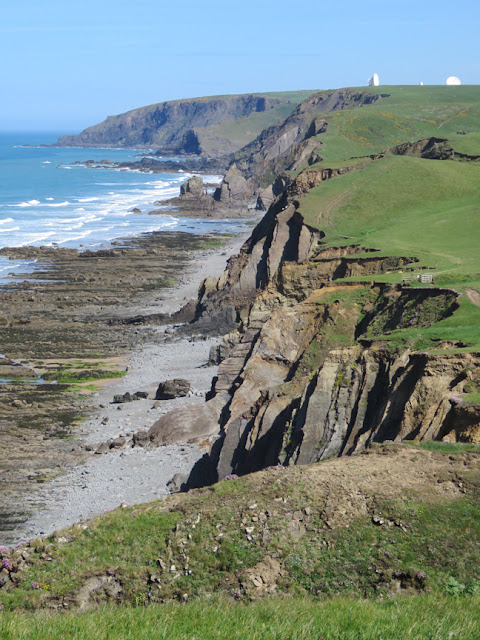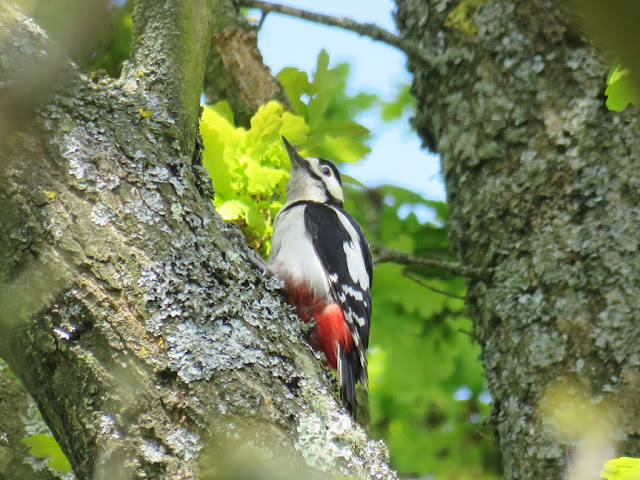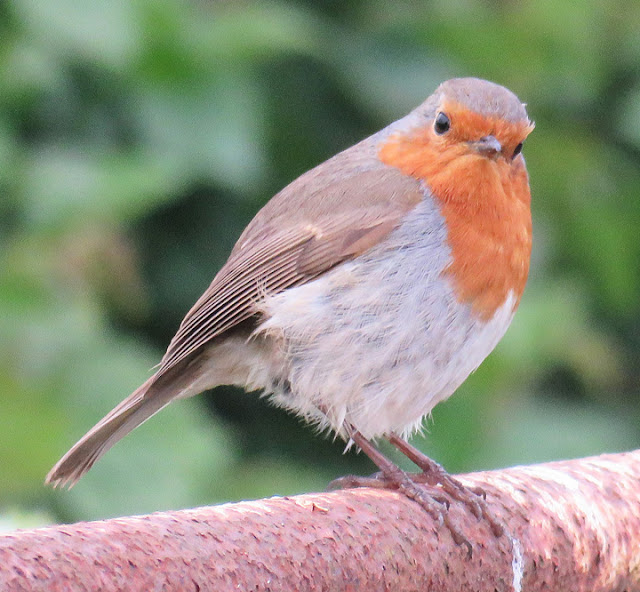Every cloud has a purple lining
The weather for the next three days here at Dungeness looks very promising indeed for the appearance of an overshoot - whether that be a bird or a moth - I may have to stay until Friday evening! The observatory MV has been switched on each night, but the number of migrants recorded has been low. The instances of 'nearby' successes has been frustrating, but they are also fuel for optimism. This morning the trap was once again disappointing, but when south-London lepidopterist Bod Arnfield dropped in with a Purple Cloud, all that was forgotten. He had been trapping at the northern end of the recording area. Photos will follow in a few days time. My past two May DBO visits have coincided with a Dusky Hook-tip and Ni Moth, so this continues a most satisfying run. So, a final push before I return home (most probably on Friday). If I were being greedy I'd like a Red-footed Falcon or an Alpine Swift please. Either would do... or both. I'm not fussy.









